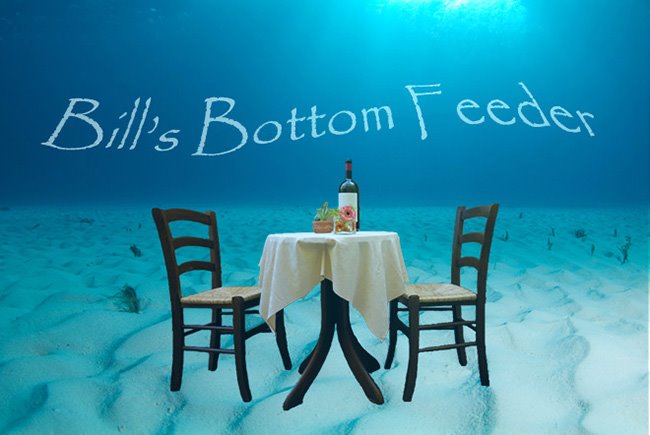After our Fourth of July festivities, our itinerary for the
last (sigh) full day on the barge
Noting that four of the five activities involved food and
wine, we spent a lovely morning cruising the canal
Past lovely French countryside scenes
we went through several locks while being observed by the
friendly lockmasters and family
MFO and I stayed aboard today and somehow it was soon time for lunch
(Salade Caprese)
After a little rest we boarded the little bus and headed for the town
of Chablis, the center of the Burgundian wine region of the same name.
And perhaps this is the appropriate place for a little
discussion about Chablis. The region where Chablis is produced (exclusively from
the Chardonnay grape) is the northern most region of Burgundy. Reflecting the flinty soil and cool conditions, it exhibits an austere steely, dry character,
and is very age worthy. Those traits are
very hard if not impossible to produce in North America, and the name Chablis has
been abused to the point where it has come to mean a dry white wine of: “uncertain
provenance and no specific grape variety bearing no resemblance other than its
color to true Chablis (Jancis Robinson)”. A true French
Chablis can be a great wine and is much underappreciated in the New
World.. There are four levels of
Chablis, beginning with the lower quality "Petit Chablis", then "Chablis", on up to "Premier Cru"
and the top level of "Grand Cru". The terminology
for the two highest designations is used throughout Burgundy for both reds and
whites. It is always confusing (to me) as to the
relative rank of 1er and Grand Cru, and I have resorted to
remembering that they follow alphabetical order with the top rank of “Grand”
being above the second class of "Premier".
A tip from the Feeder!! The
various vineyards carry those designations, and many are very small. There are only seven Grand Cru Vineyards, with a total about 100 Hectares..
Anyway we bussed to the town of Chablis which is surrounded
by vineyards and our guide (Matthew!) knew of a little road that led to a
hillside view of the Grand Cru Vineyards.
There could be several owners with just a few hectares of
the Grand Cru designation. After learning
about the viticulture of the grapes and wine production (like most vines in
France they are grafted on Phylloxera resistant American rootstock), we went
down into town to Domain Servin, a producer of quality Chablis. We were hosted by the (Aussie!!) winemaker Marc Cameron
who gave us a tour of the facility, and eventually to their
cellars where we barrel tasted several of the their wines before adjourning to
the real tasting room where we sampled several of their other vintages and various
grades of wine. A very enjoyable
afternoon.
After getting back to the barge we rested, and then
cocktail hour before sitting down to our final dinner aboard, the so called “Captain’s
Dinner”. Each traveler had their place
marked by a little envelope containing the weeks wine and cheese list along
with the menu for each evening meal (more later).
Note the evening’s napkin fold of a tux shirt (we were DFD
but not to that level!). For the special
evening the chef pulled out the stops and the menu was
Foie Gras et Figues Fraiches
Vinegrette de Balsamic
(the Foie Gras!)
Soupe aux Poireaux
Champagne
Filet de Boeuf
Grattin Dauphinois
Sauce Pommery
Fromages (Aboncance; Brie de Meaux; Roquefort)
Tarte Tatin Pomme – Pistache
Glace Vanille
Vin Blanc: Meursault-Charmes 1er Cru 2005;
Corton Charlemagne Grand Cru
2008
Vin Rouge: Charmes Chambertin Grand Cru 2005
A fitting meal indeed, and we concluded with a toast to/with
the crew, of what else… Champagne
We retired after another satisfying day (and after dinner
libations) quite full and happy. Of
course the next morning arrived with the harsh reality facing us that it was
over with only a little reminder of what we were leaving behind














No comments:
Post a Comment